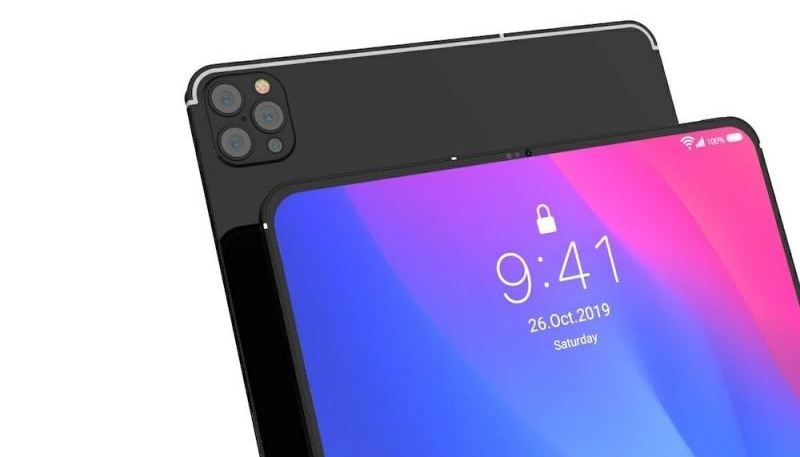Apple will launch a 12.9-inch mini LED-backlit iPad Pro in early 2021, along with a mini LED-backlit MacBook during the second half of the year, says a report from DigiTimes.
The Taiwanese industry publication says Epistar will supply the more than 10,000 mini LEDs required for each iPad Pro device. Osram Opto will reportedly be another supplier of mini LEDs for use in a new “high-end” MacBook. which lines up with supplier information reported by well-connected industry analyst Ming-Chi Kuo. (Via MacRumors)
Osram Opto Semiconductors is expected to supply backlight-use mini LED for high-end MacBook in second-half 2021, becoming Apple’s second supplier of such chips next to Taiwan-based Epistar, according to industry sources.
Apple is expected to launch 12.9-inch mini LED-backlit iPad Pro in early 2021, with each tablet to use over 10,000 mini LEDs solely supplied by Epistar, the sources said. Epistar is ready to start production of mini LEDs by modifying its blue-light LED chipmaking equipment for producing such mini LEDs in third-quarter 2020, the sources noted.
Kuo has long asserted that Apple’s first mini-LED product will be a high-end 12.9-inch iPad Pro. Kuo expects production of the mini-LED displays for the iPad Pro sometime in the fourth quarter of 2020, although the new tablets may not hit shelves until 2021.
Kuo says Apple has at least six iPad and Mac products with mini-LED displays in its pipeline for launch by the end of 2021. However, he also indicates that the initial batch of displays through the end of 2020 will be used for a new iPad Pro.
mini-LED display technology uses individual LEDs that offer an improvement over traditional LED-backlit displays, with performance comparable to OLED displays. The new display technology can offer deeper, darker blacks, brighter brights, richer colors, and better contrast. Unfortunately, the technology is currently more expensive.


